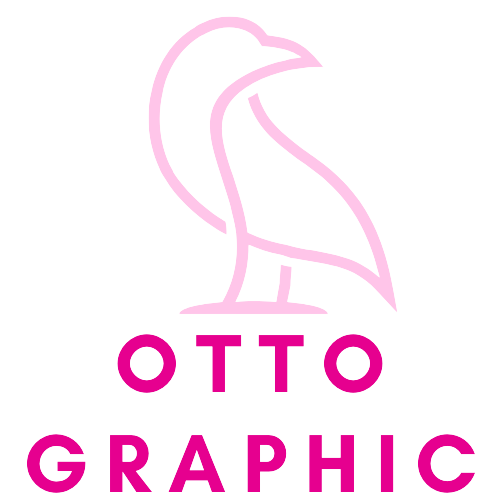
Master Silkscreens
The expert advice in this book will be useful to serious screen printers. While it does provide some basic information, it differs from most manuals in that it also includes techniques and aesthetics developed by established studios and independent artists. Interviews with professionals are conducted by author Luca Bendandi at printing studios all over the world, such as Kid Icarus in Toronto, Arrache-toi un oeil! in Paris, and Viadukt in Vienna. The book even discusses the factors you should take into account before you start supplying your studio, using professional information that was gathered through crowdsourcing. Additionally, seeing the full-color pictures is guaranteed to spark some originality.
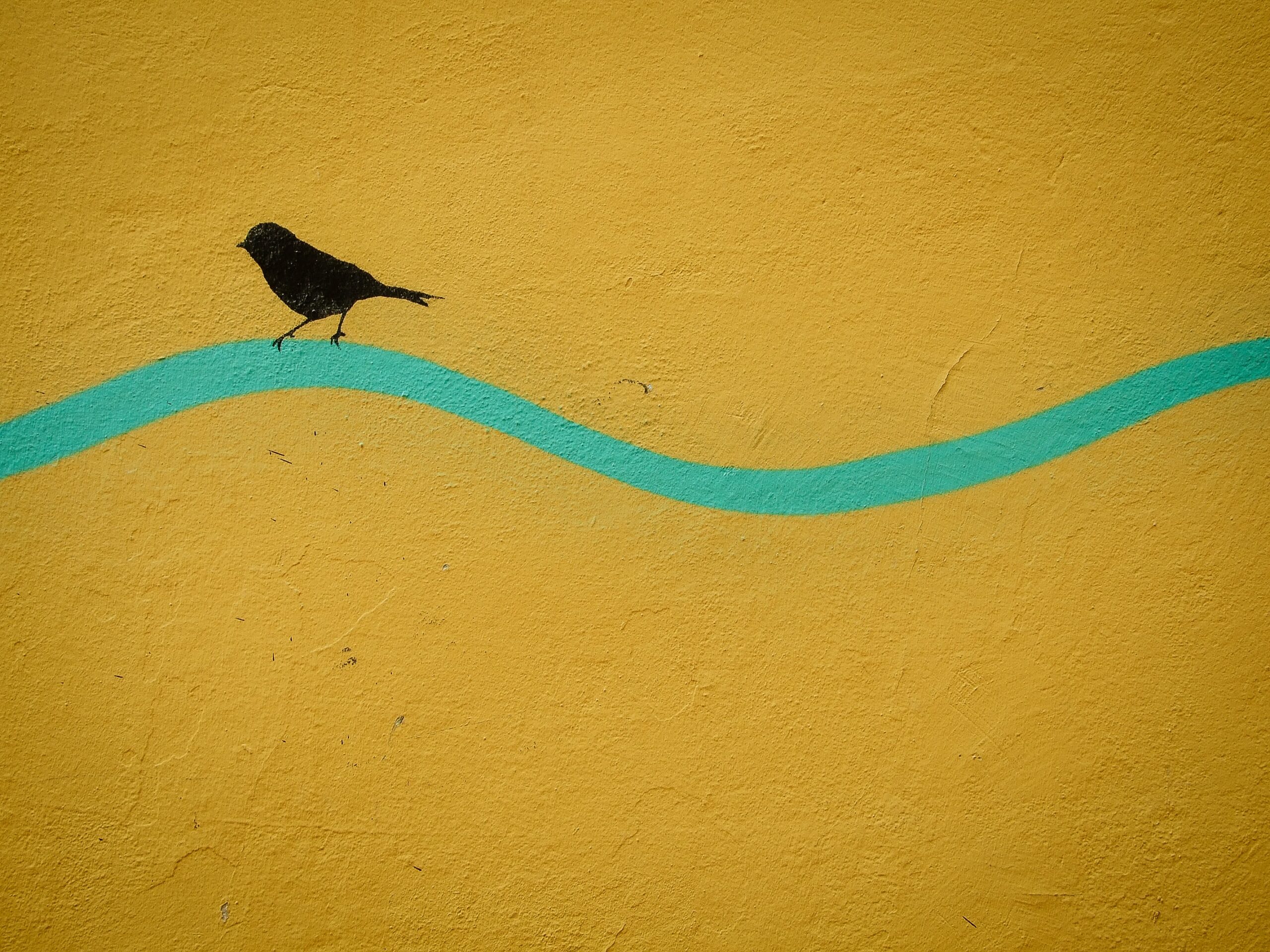
Printing by Hand: A Modern Guide to Printing with Handmade Stencils, Silk Screens, and Stamps
The casual at-home printmaker who wants to master the craft without using expensive materials or equipment is the target audience for this book. Complete tasks like designing a dog bed or making custom upholstery are used to teach skills. You also receive an envelope of designs for all of the different projects, and author Lena Corwin offers numerous charts to help you choose the best paints, pigments, and other supplies you'll need for your chosen effort. The book is a terrific gift for crafters whose interests go beyond screen printing because it also covers stamps and stencils.
The Art of Printmaking with Marimekko
Iconic Finnish design house
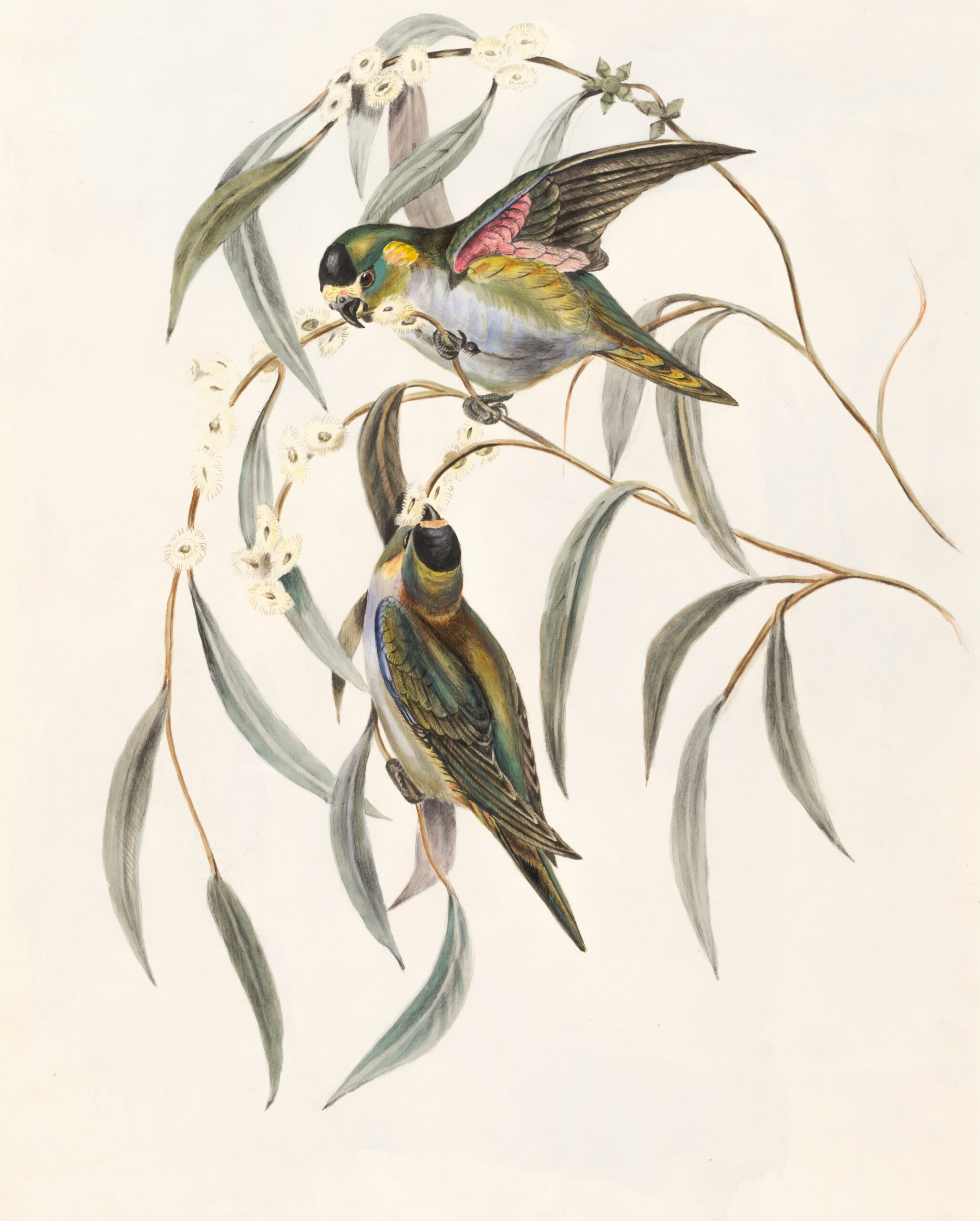
A book that inspires illustrators
This book, which concentrates on the elusive how-tos of textile design, provides an inside look at the production of iconic Finnish design house Marimekko's vivid, bright printed fabrics. This book serves as a master class for screen printers who are familiar with the technical aspects and want to advance their craft by providing case studies of specific designers who collaborate with the brand, demonstrating how the Marimekko factory operates, and outlining the differences between hand screen printing and digital printing.
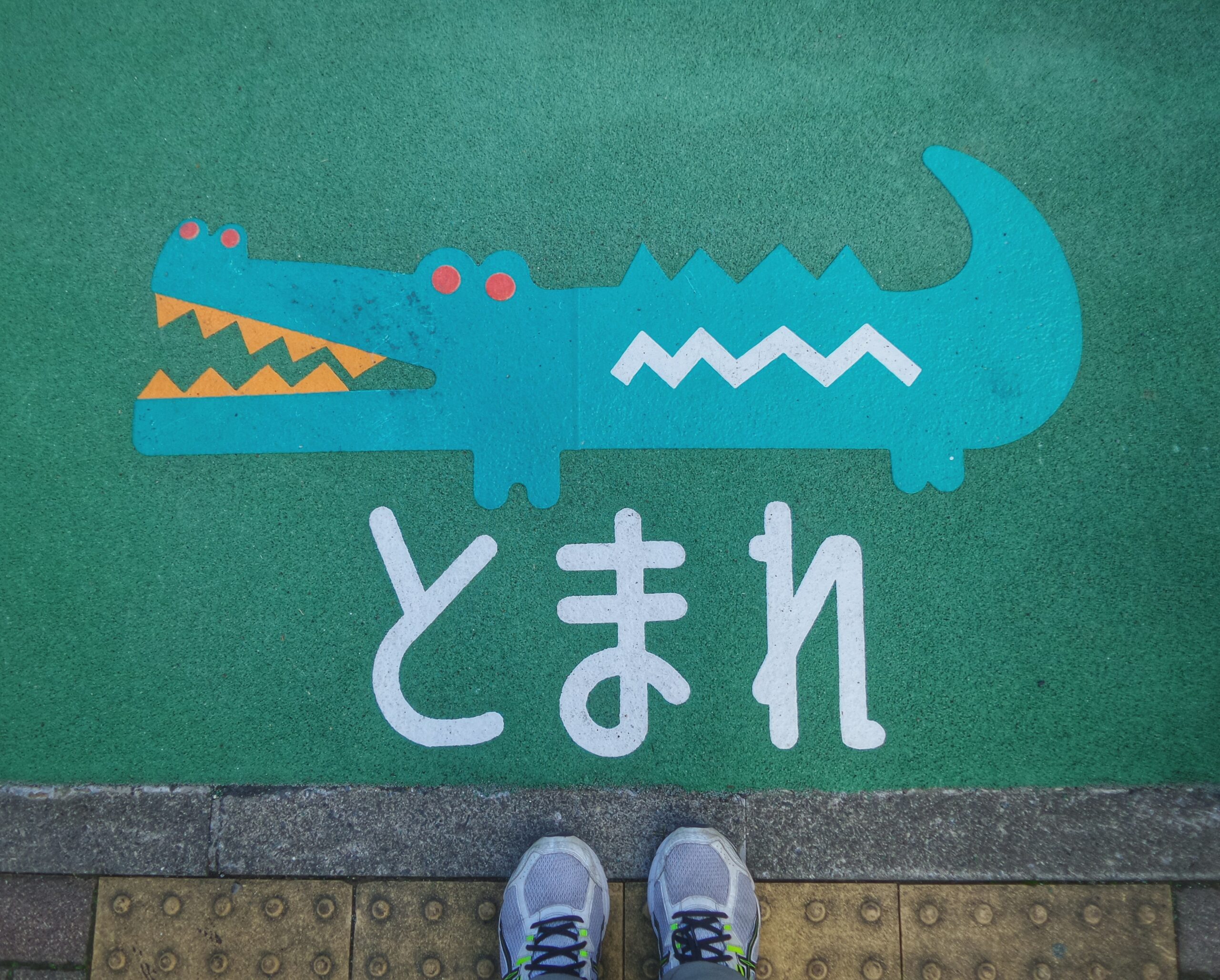
The Fundamentals of Screen Printing Today
This book is the most like a standard Intro to Screen Printing lesson of all of our choices, and many courses use it as a reference. But it doesn't presume that readers can obtain real-time instruction. The detailed instructions, which are supported by useful photos, are understandable without reducing the complexity of the painting. To ensure that you don't feel out of place among screen printers with more traditional training, numerous techniques that are covered in the chapters of simpler manuals, such as low-tox innovations and the split fountain technique, are covered.
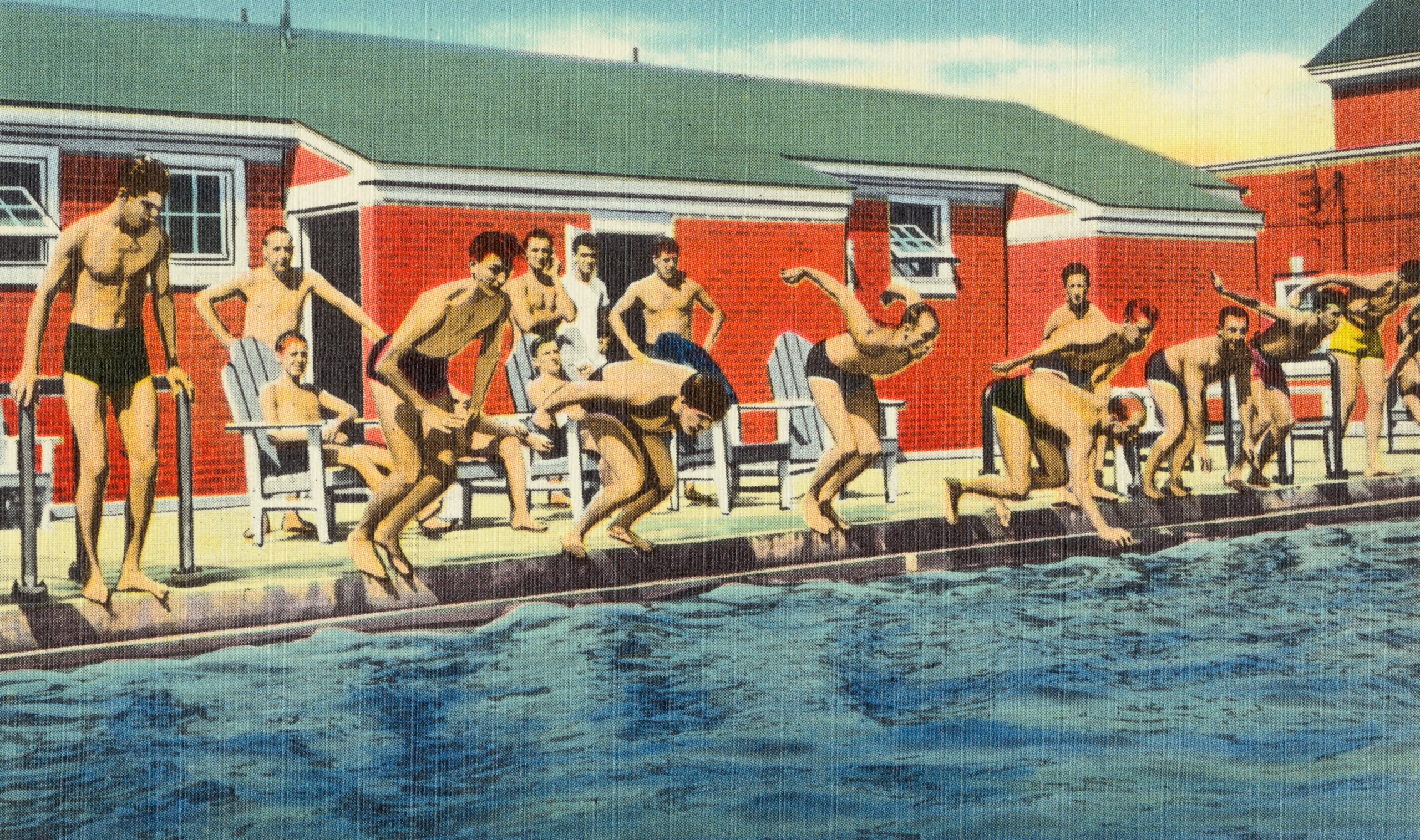
Press for screen printing
During the Song Dynasty (960–1279 AD), screenprinting was invented in China as a method of printing designs on textiles. One of the earliest Asian nations to produce recognized screenprinting was Japan. The Japanese created images on fabric by using straightforward stenciling methods. In the beginning, stencils were made from paper cutouts, and the mesh they used was woven from human hair.
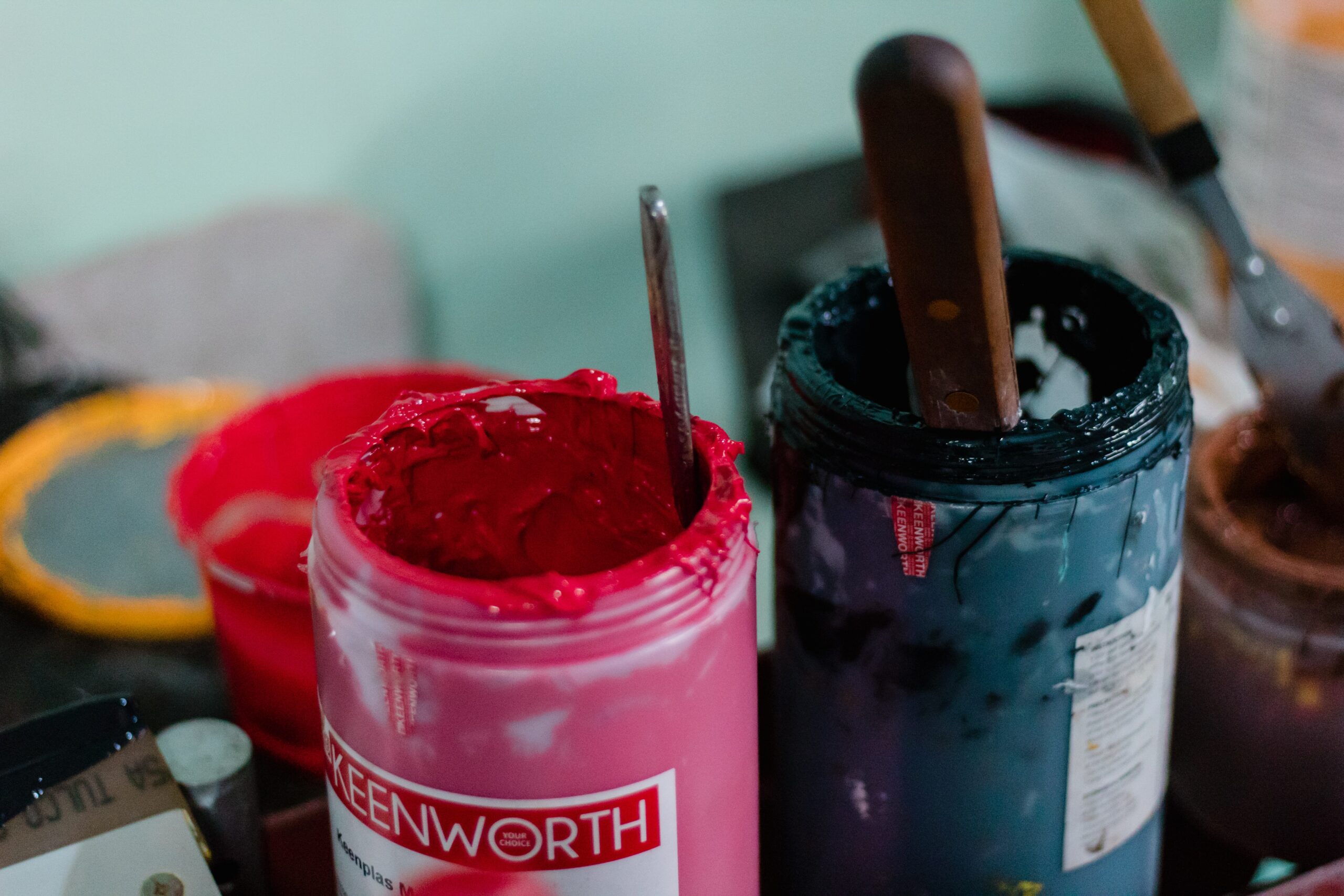
What is Screen Printing?
Screen printing is always a lot of fun as a flexible printing process. Below, you’ll discover exactly what screen printing is, where it’s most beneficial, and how you can quickly and easily set up your own screen printing studio in your home.
Screen printing, by using a stencil, provides for consistent printing. Unlike conventional stencils, this printing technology enables for the production of extremely detailed, stand-alone artwork (such as those made of paper). It’s all owing to the screen, through which the squeegee squeezes the printing ink. Ink for screen printing is the most important part for the qualitative work.
To construct a stencil, you’ll need a screen printing frame, photo emulsion, a UV light source, and a design template printed in black on foil. The frame is then shown using the theme template.
By utilizing this pre-exposed frame with your own design, you may screen print on a variety of substrates.
This isn’t as difficult as it seems to be. In our screen printing tutorials, we walk you through the procedures necessary to produce your own prints using ordinary household objects. A large screen printing machine is not required. However, if you need to print in volume, a printing table or screen frame clamps may be useful. Even in small spaces, printing may be done with little equipment. You can, of course, do it in the comfort of your own home; all you need are the necessary components. Our screen printing guidebook also offers a detailed list of all the additional supplies you’ll need.
Application software for use with a screen printer
Screen printing is versatile because it may be used to a wide range of substrates.
In the art world, screen printing is often used on stiff materials such as paper, cardboard, and canvas. Andy Warhol pioneered this kind of graphic screen printing (also known as serigraphy) by producing numerous of his own art works with minimal help.
Screen printing is currently widely utilized on a large scale, particularly in textile printing. Textile printing may be done in both small and big batches. Textiles are manufactured there utilizing equipment such as a screen printing carousel or a huge screen printing machine.
The Fundamentals of Do-It-Yourself Printing
Even inexperienced printers may use screen printing technology to print on a variety of surfaces. The easiest method is to print on flat surfaces. This category includes anything from apparel (including T-shirts and shirts) to paper, posters, cardboard, metal, glass, stone, ceramics, and even circuit boards (from electronics). Choosing the best ink and screen for a specific work is critical.
The primary equipment is the screen printing frame. A screen is a piece of material that is stretched over a frame, which is usually composed of wood or metal. This item is available in a variety of gauges from us. The screen printing fabric (also known as gauze) is pulled tight after being properly fastened to the frame.
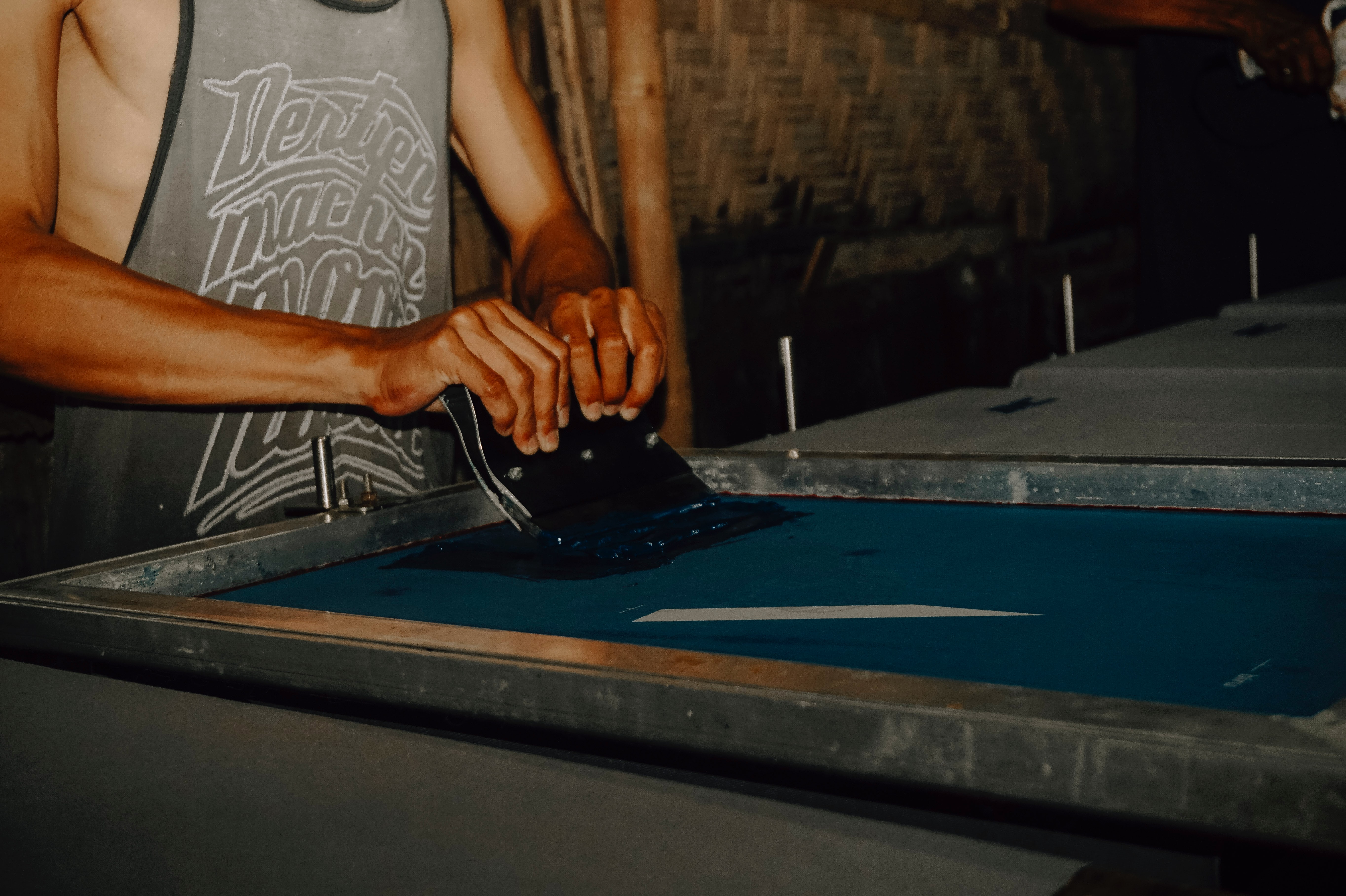
A look at the most common types of textile
We provide the fabric in a variety of thread counts and finenesses. One application is better suited to one of the possible finenesses. The quantity of ink squeezed through a screen is determined by the fineness of the screen. A fine screen (120T) is suitable for light ink usage. Coarse meshes work well in situations where (43T). Frames with a mesh type of 54T are ideal for first-time textile printing. A screen printing frame with a mesh size of 90T is perfect for creating test prints on paper.
We give thorough, easy-to follow screen printing instructions. We also show you how to make bespoke stencils for your screen printing projects. Some of our customers conduct side enterprises from home, such as screen printing.
Screenprinting's Brief History | WNY Book Arts Center
Here at WNYBAC, screen printing is one of our most well-liked activities. Even yesterday, our studio hosted a CMYK Screenprint workshop! The variety of bags and t-shirts we offer for sale in our store demonstrates the expertise of some of our board members, apprentices, and volunteers in screen printing. We'll examine the development of screenprinting and how it came to be considered a mainstay of the printing industry.
More infoerror eum obcaecati magnam quis.
